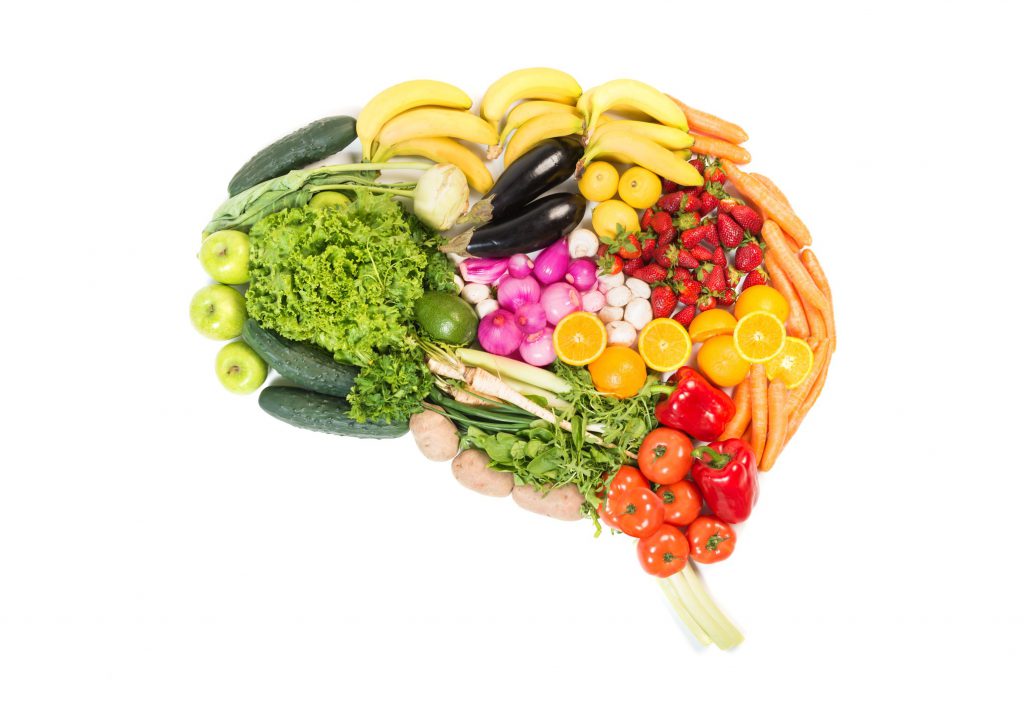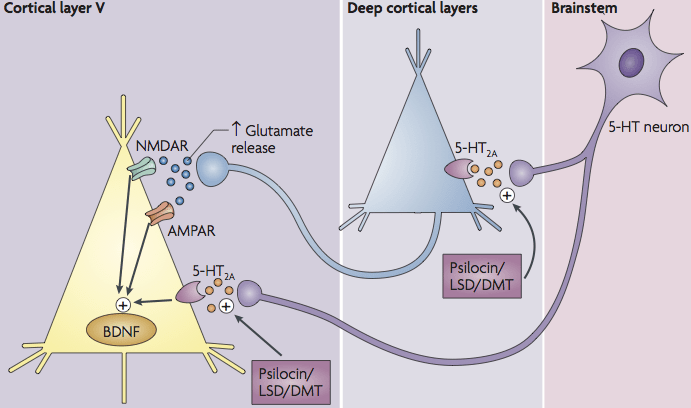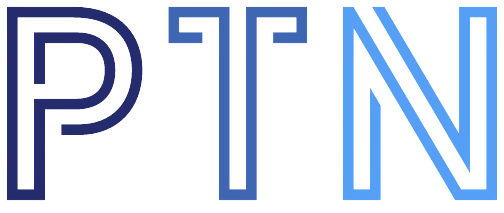Neurotrophins and Multiple Sclerosis
Neurotrophins such as Nerve Grow Factor (NGF) and Brain Derived Neurotropic Factor (BDNF) appear to play a role in the creation and repair of new nerve cells. So these neurotrophins could theoretically counteract the restrictive effects of MS by causing new nerve cells to be created. BDNF mainly plays a role in the brain and people with MS often have higher concentrations of BDNF in the blood serum. The idea behind the increased amount of BDNF is that the body produces BDNF to help nerve cells recover. In MS, however, the breakdown of myelin around the nerve cells is faster than the recovery, exacerbating the situation. A further increase in neurotrophins, especially BDNF, could then theoretically mean a faster recovery from breakdown.

Increase BDNF
BDNF can increase your waist in several ways. Anti-inflammatory diet while avoiding pro-inflammatory sources is most important in order to produce more BDNF. This is because inflammatory products block the release of serotonin and serotonin is known to cause BDNF to be produced via the 5HT2a receptor. Stimulating the 5HT2a receptor thus plays a big part in getting more BDNF in the fight against the effects of MS.
BDNF and serotonin
More serotonin therefore ensures an increased release of BDNF via the 5HT2A receptor. So when we look at how we can stimulate the serotonin receptor more, we have to look at how we can increase serotonin and how we can keep the receptor sensitive to stimulation.
Also see our earlier post about increase serotonin for more tips
Power supply and bearing BDNF
The foods below are known to provoke inflammatory reactions and lower serotonin, which also lowers BDNF.
Sugar: Eating sugar, especially fructose, directly inhibits BDNF production and causes cognitive decline. Fructose together with glucose in a molecule is what we call table sugar. Avoid added sugar as much as possible. Sugar also causes inflammatory reactions in the body, so that less serotonin is released.
Bad fats: Bad fats cause inflammatory reactions in the body and that causes a reduction in the release of serotonin through inflammatory factors. The bad fats are usually vegetable omega 6 fats used for baking such as sunflower, soybean and peanut oil. Hydrogenated (vegetable) fats are also bad fats.
Dairy: Dairy can also have a pro-inflammatory effect at high intakes. It is best not to consume sweetened or non-acidified dairy. Unsweetened kefir or yogurt can therefore be eaten in moderation.
Gluten: Eat as few grain-based products as possible. Gluten can also cause inflammation, especially in allergic reactions. Oats and therefore oatmeal can be eaten.
Alcohol: Alcohol is fermented sugar and is best avoided altogether. If alcohol is still drunk, half to a whole glass of wine can be drunk per day without too much damage. Above that, alcohol already becomes a pro-inflammatory.
Meat: Game, grass-fed meat and wild fish are no problem if red meat is eaten to a limited extent (recommendation is max. 2 times a week). Any fish that is not wild caught or fed otherwise than natural should not be eaten. Grain and corn-fed animal products are also discouraged.
Power supply and above BDNF
All anti-inflammatory foods and nutrients indirectly help to increase BDNF. All anti-oxidants, polyphenols and omega 3 are therefore BDNF-increasing. The building blocks of serotonin must of course also be in the diet. Below the BDNF increasing nutrition.

Complex carbohydrates: Complex carbohydrates are slowly digested and ensure a stable blood sugar level, so that less insulin is needed. This prevents insulin insensitivity and thus various inflammatory reactions in the body. Most sources of complex carbohydrates also contain a lot of antioxidants and dietary fiber. It is advisable to take vegetables for half of all food with 2 pieces of fruit a day and a little oats. A handful of nuts a day can also have a positive effect on serotonin production.
Omega-3: Omega 3 fatty acids DHA and EPA play an important role around the serotonin receptor. For example, EPA is an important anti-inflammatory and DHA makes the cell membrane of the 5HT receptor more sensitive to serotonin. DHA and EPA rich food is fish, crustaceans and shellfish. Algae and krill also contain a lot of EPA and DHA and the human body can also make them from the Omega 3 fatty acid ALA, which is common in linseed oil and walnuts (oil).
Omega-6: Where we get omega 6 in abundance and we actually have to limit the intake, GLA (gamma linolenic acid), an omega 6 fatty acid, can help us against inflammation. This rare omega-6 fatty acid can be produced in a limited way by the body. Supplementation can be done with borage oil (Borogo Officinales), middle evening primrose oil (Oenothera Biennis) or black currant seed oil (Ribis Nigrem).
Polyphenols and Antioxidants: Antioxidants and especially the polyphenols work very well against the oxidation of body molecules because they can absorb free radicals such as free oxygen. With this, the body prevents inflammation through oxidation (such as iron can rust). Almost all natural plant foods are full of polyphenols and antioxidants. The more free radicals a food has, the higher its ORAC value, which stands for Oxygen Radical Absorbance Capacity.
View a list of them here ORAC values
Tryptophan-rich foods: Tryptophan is the precursor of 5-HTP and serotonin and must therefore be supplied through food. foods high in tryptophan include oatmeal, nuts, seeds, spirulina, cocoa (pure), sesame seeds, chickpeas, spinach, sunflower seeds, parsley, asparagus, mushrooms, broccoli, beans, nuts, seeds, soybeans and turkey.
Vitamin B: Vitamin B3, B6 and B12 are auxiliary substances in the formation of serotonin. Food that can provide the B vitamins is (grass-fed) meat, fish, (acidified) dairy, whole grains, vegetables, fruit, potatoes, legumes, eggs, and (cashew) nuts. A vegan should supplement B12 because B12 is only found in animal foods.
Minerals: Minerals such as zinc, iron and magnesium play an important role in many biochemical processes in the body, including the formation of serotonin. Eat as much vegetables as possible and if you cook vegetables, cook them as briefly as possible. Combine with as many vegetables as you can get in. Vary with nuts such as cashews, pistachios, walnuts and pecans. Cocoa is very rich in minerals in its pure unprocessed form. Whole grains such as brown rice and oats (meal) are also good sources of minerals.
MAO Inhibiting Nutrition: MAO is an enzyme that breaks down serotonin, among other things. This is a natural process that should take place. However, with certain foods, the MAO effect can be inhibited in a healthy way and in moderation so that serotonin is broken down less quickly. seaweed, turmeric, passion flower and rhodiola are mild MAO inhibitors.
Supplements and BDNF
We previously wrote about supplements that can increase serotonin and therefore also BDNF. If nutrition is not enough, you can also take supplements.
View the here serotonin boosting supplements
Gut flora and BDNF
The right nutrients are needed to produce BDNF via serotonin. In the intestines, it is the bacteria that pre-digest many of the important substances for you. Without pre-digestion we cannot get all the substances that the body needs. So first of all make sure that you have the right bacteria in your intestines by taking a probiotic that contains one or more of the following strains: Lactobacillus acidophilus, Lactobacillus casei and Bifidobacterium bifidum. Then you give those bacteria and yourself the right food and dietary fiber from mainly vegetables, legumes, moderate fruit and a little whole-grain products such as oatmeal.
Exercise and BDNF
Cardio training produces a protein called FNDC5 (ibronectin type III domain-containing protein 5). FNDC5 in turn increases BDNF by 200-300%. The increase is long-lasting. In a study of men who cycled daily for 3 months, BDNF levels almost quadrupled.
Regular strength training also increases BDNF, but only for a few minutes post-workout. A better form of training is interval training or any other form of sport where high intensity and rest are alternated.
Sleep and BDNF
Deep sleep causes a release of melatonin DMT, which resembles serotonin in both form and therefore also activates the 5HT2a receptor. As a result, the body releases BDNF during the deeper stages of sleep. There are four sleep stages that repeat every 90 minutes. On average, you spend about a third to half a night in phases 3 and 4. During this phase, the activity of DMT and BDNF is highest.
Meditation and BDNF
Meditation reduces stress and thus increases BDNF. A good and deep meditation makes the body "think" it is sleeping and releases DMT. DMT causes more BDNF to be released by stimulating the 5HT2a receptor. The same applies to breathing techniques that make the body appear to be asleep.
Sunlight and BDNF
Sun exposure increases BDNF through the elevation of vitamin D. It also improves mood, and in fact reduces your risk of skin cancer, provided you don't burn yourself. Go outside in direct sunlight for 15 minutes a day. Unfortunately, in winter the sun is not strong enough. Supplementing with vitamin D or eating oily fish, liver, cheese (least choice) or egg yolk can help you get vitamin D in winter.
Social contact and BDNF
Lack of meaningful mental stimulation leads to lower BDNF levels. Social isolation also contributes to depression, which decreases BDNF. Reduce social media use and connect in real life. BDNF does very well in conversations with strangers and gives a good feeling afterwards.
MDMA against MS
MDMA releases serotonin and dopamine. Due to the increased activity of serotonin, more BDNF will be released via the 5HT2a receptor and this could have a positive effect in the treatment of MS. The disadvantage of MDMA, however, is that during the days following MDMA use, serotonin is depleted and your levels are then too low. Because of this dip, we think there are better other choices.
Other psychedelics and BDNF
Psychedelics increase BDNF production and neurogenesis. This explains why there has been so much research coming out lately about psychedelic-assisted therapy helping with depression and PTSD.
The highest possible stimulation of the 5HT2a receptor to release BDNF is the use of psychedelics that do not deplete one's own stores of serotonin. So these are really mind-altering drugs (English for medication). Psilocin from magic mushrooms, DMT from ayahuasca or LSD stimulates the 5HT2a receptor in such a way that BDNF also rises considerably. This combination allows for neurogenesis, which means the creation of new neurons, at a level that is unprecedented. The known psychedelics with the highest binding to the 5HT2a receptors are LSD and psilocin (psilocybin is the prodrug).

Scientific evidence of beneficial effects of psychedelics
Whether magic mushrooms and increasing BDNF can help cure MS has yet to be proven. If anything, the theory behind increasing BDNF to fight MS sounds very plausible. To the question of whether magic mushrooms can help cure MS, we can therefore only answer at the moment that we think it does help. Researchers are now trying to produce derivatives of psilocin that have a high binding with the 5HT2a receptors, but do not cause hallucinations. MDMA does not yet seem to be the most suitable solution for the treatment of MS. We think that occasionally a high dose of Psilocybin / psilocin (magic mushrooms / truffles) has the most influence. Microdosing with legal LSD variants could also be further investigated.
Do you want to try psilocybin against MS?
The doses of psilocybin/psilocin that affect BDNF are on the high side. You will hallucinate and you could also use the hallucinations to gain insights from them. For example, these sessions can be stress-reducing in the long term, which is also good for your health. You can be guided by experts in this field. You can fill in the intake for this at triptherapie.nl.
